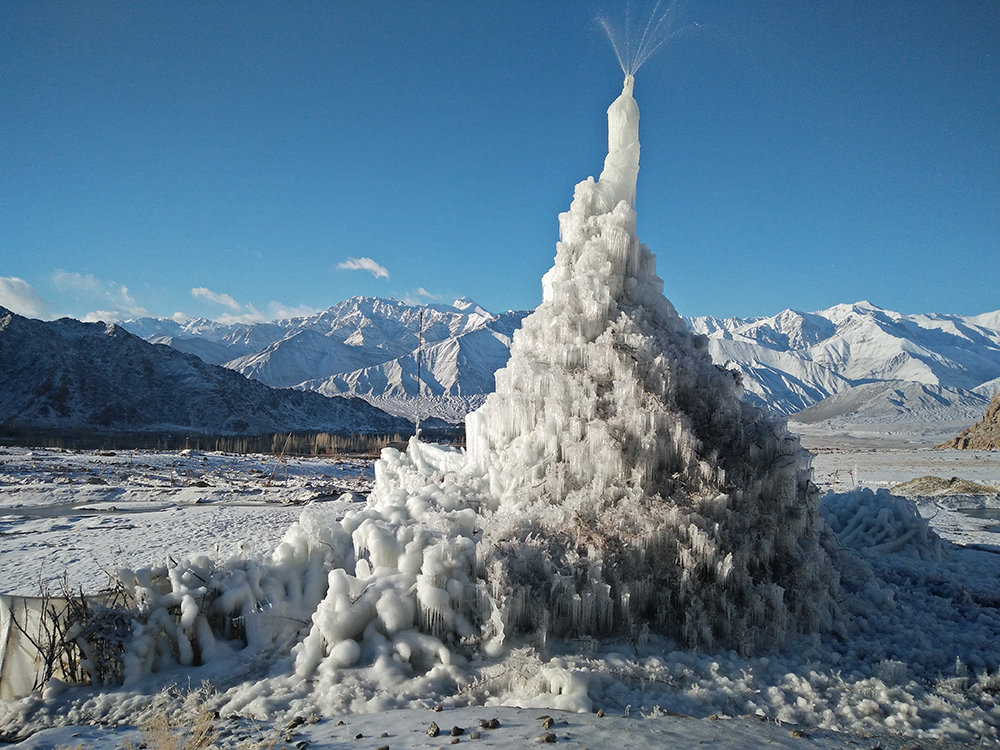
In Ladakh, northern India, the recent development of an “ice stupa” suggests a new model for climate-adaptive design thinking. Here, the region’s shrinking supply of glacial meltwater has led to the creation of a novel water management strategy, in which community involvement, ecological awareness, and religious iconography have been harnessed to make the most of a diminishing natural resource. Beyond simply providing a water cache for agricultural use, the ice stupas of Ladakh reveal a sophisticated response to social, environmental, and cultural constraints. In so doing, the project provides a working model for water husbandry in northern India and valuable insight into the emerging practice of designing for climate change.
Continue Reading:






